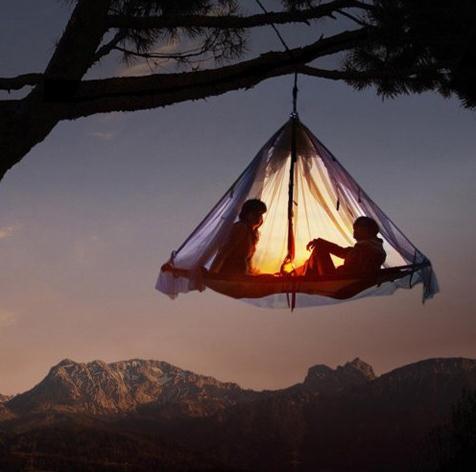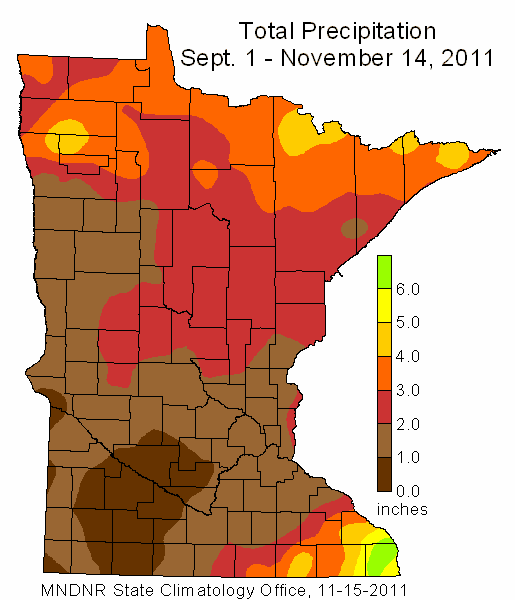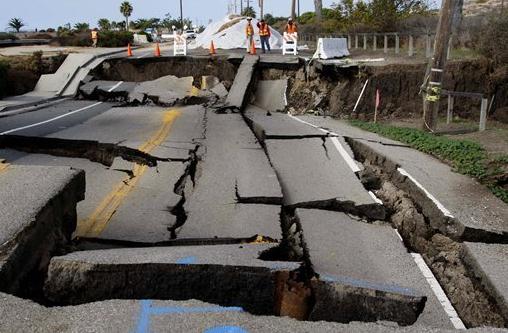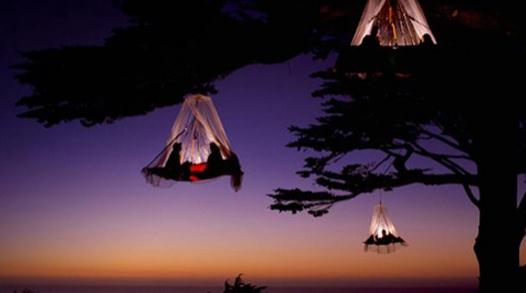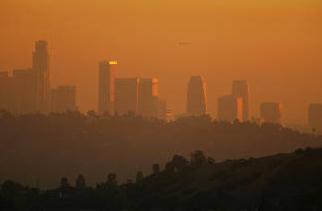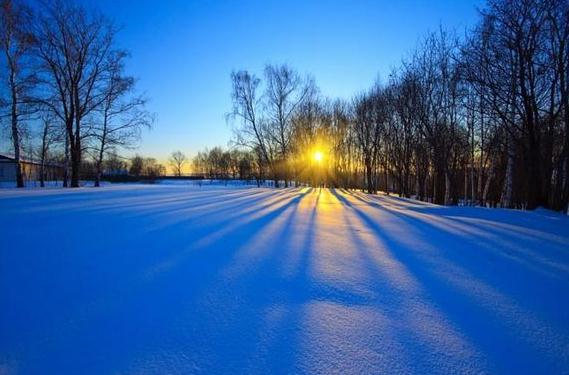 November Snowfall In The Twin Cities:
November Snowfall In The Twin Cities:
2011: Trace of flurries (so far) I suspect we'll wind up with 1-3" for the month.
2010: 9.8"
2009: Trace of flurries
2008: 4.3"
2007: 4/10ths of an inch
2006: 2/10ths of an inch
2005: 5.1"
2004: half an inch
* Data courtesy of the National Weather Service and Minnesota State Climate Office
"
And while global warming deniers were busy trumpeting Arctic sea ice growth, the fact is that the average Arctic sea ice extent in October was 23.5 percent below average for the month, ranking as the second smallest October extent since satellite records began in 1979." - article below on 10th warmest October on record, worldwide.
Camping In A Tree? They're doing it in Germany - why not the North Woods of Minnesota? The article from gizmag.com below.
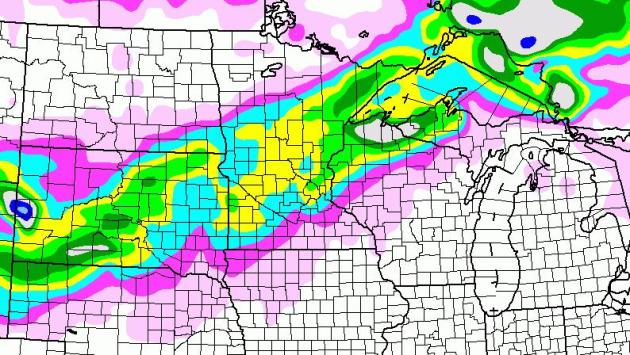
 Saturday Slush Event.
Saturday Slush Event. The latest NAM model hints at something in the 1-3" range for the Twin Cities metro, maybe 2-3" for St. Cloud and Brainerd, with some 6"+ snowfall amounts for northern Wisconsin. Saturday's storm will move quickly, the best chance for accumulating snow during the late afternoon and evening. I suspect many roads (freeways and interstates) will remain mostly-wet into the mid afternoon hours with temperatures just above freezing.
 November Supercells
November Supercells. Here is the rotating "supercell" thunderstorm that spawned several tornadoes and numerous reports of large hail and straight-line wind damage, all the way from the parishes north of New Orleans across Mississippi and Alabama into metro Atlanta. Unusual for mid November. Thanks to
Brad Panovich and twitpic.com for passing this along.
 November Squall Line
November Squall Line. You can see the tops of the thunderstorms responsible for violent winds, hail and a handful of tornadoes Wednesday afternoon - just enough wind shear, instability and low-level moisture for a November tornado outbreak. Image courtesy of
NOAA.
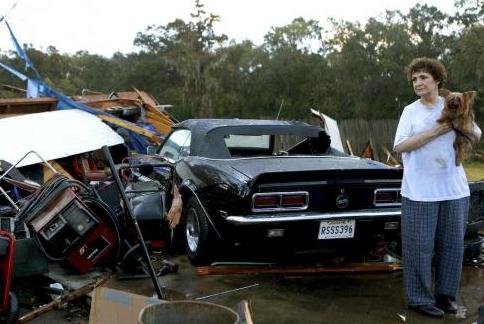 1 Dead, 16 Hurt As Severe Storms Blast Southeast. USA Today
1 Dead, 16 Hurt As Severe Storms Blast Southeast. USA Today has an update on Wednesday's squall line: "
BIRMINGHAM, Ala. (AP) – A strong storm system that produced several possible tornadoes hit the Southeast on Wednesday, damaging dozens of homes and buildings. One person was killed in north Georgia when a tree fell on a sport utility vehicle, according to Capt. Tim House of the Forsyth County sheriff's office. At least 16 other people were injured, though only a couple of people had to be taken to the hospital. Suspected tornadoes were reported in Louisiana, Mississippi and Alabama. Four homes were damaged in western Alabama, about 60 miles southwest of Tuscaloosa, in the worst bout of weather for that state since about 250 people were killed during a tornado outbreak in April."
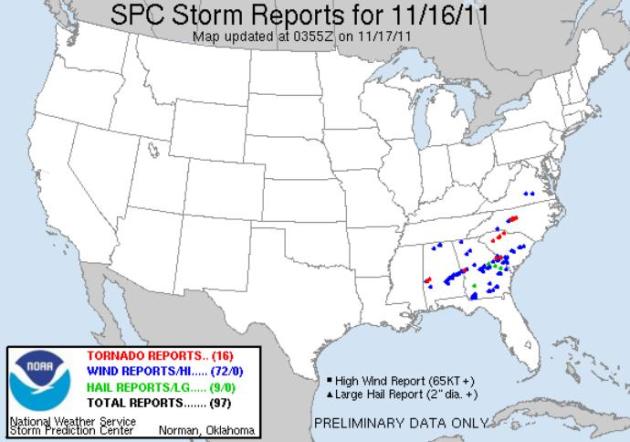 Mid November Tornado Outbreak
Mid November Tornado Outbreak. SPC counted 16 tornadoes on Wednesday, at least one EF-2 strength tornado in Alabama, but violent tornadoes reported as far east as North Carolina. Details from SPC
here.

THE FAIRBANKS INTERNATIONAL AIRPORT REACHED A LOW TEMPERATURE OF
35 BELOW ZERO AT 1114 PM ON TUESDAY. THIS SETS A NEW RECORD LOW
TEMPERATURE FOR NOVEMBER 15, BREAKING THE PREVIOUS RECORD LOW OF
33 BELOW SET BACK IN 1969.
Does Too Little Sunlight Give Us All The Winter Blues? The short answer is yes, and some Minnesotans are more impacted than others (women are far more likely to be affected by "SAD" than men). The
BBC has more: "
Are you feeling less energetic, craving more carbohydrates and chocolate and sleeping longer in bed? Then perhaps the encroaching darkness, as autumn gives way to winter, is affecting your natural body rhythms. While many animals are preparing to hibernate, who would blame people for feeling ready to go into sleep mode too? This is how nearly one in five of the UK population feel every winter between September and April, and particularly during December, January and February. They suffer from the 'winter blues', brought on by a reduction in daylight hours and a lack of sunlight. Dr Aarohee Desai-Gupta, a psychiatrist in Enfield from The Royal College of Psychiatrists, says sunlight is key to our mood. "The longer the period of sunlight, the longer the feeling of well-being generally. We have more energy, feel more active, more creative and happier."
Getting Drier. The drought is getting worse, statewide. Here's an update from the
Minnesota State Climate Office: "
Portions of St. Louis, Lake, and Cook counties are designated as undergoing Moderate to Severe drought (map at right). Stream flow and lake levels in those areas are very low due to the lingering impact of precipitation deficits during the 2010 growing season and spotty rainfall this season. Large sections of southern Minnesota are depicted by the U.S. Drought Monitor as falling in the Moderate to Severe drought categories (map at right). Much of this region reported significant late-summer and autumn precipitation shortfalls (maps below). Precipitation totals for the past sixteen weeks are less than three inches in many areas, a negative departure from the long-term sixteen-week average of five to nine inches. When compared with the same sixteen-week period in the historical database, the 2011 precipitation totals rank among the lowest on record. Similar patterns are evident when looking at precipitation data for the meteorological autumn (September through November) to date (maps below). A significant portion of Minnesota reports autumn precipitation deficits of four or more inches. For a large section of the southern one-third of Minnesota, this fall has been among the driest on record."
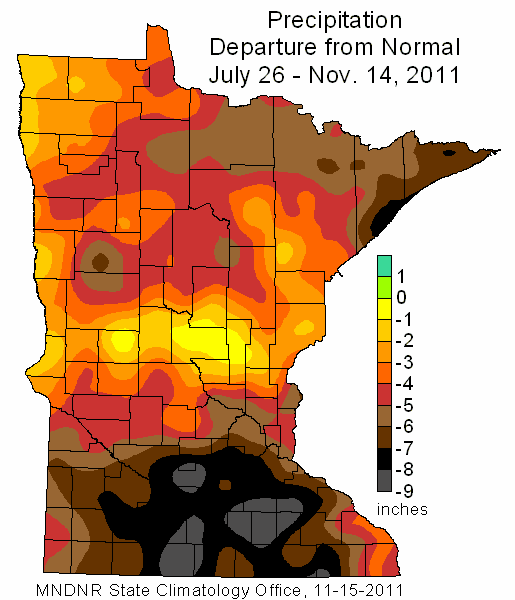 Departure From Normal
Departure From Normal. Parts of southern Minnesota are running a 9" rainfall deficit since late July, and at the rate we're going, with the storm track forecast to be south/east of Minnesota through much of the winter, our drought will almost certainly get worse. Map courtesy of the MN State Climate Office.
L.A. Coastal Landslide Worsens, Area Fenced Off. The Sacramento Bee has more details: "A creeping landslide has torn huge gaps in a road and dropped concrete into the sea below as it slowly destroys an oceanside bluff. Paseo del Mar in the San Pedro area of Palos Verdes Peninsula began to buckle during the summer, and damage has dramatically worsened recently. The scenic route is now bisected by fissures 20 feet to 30 feet deep in places."
Photo credit above: "Workmen are shown at the site of a slow-moving landslide Tuesday Nov. 15, 2011 in Los Angeles. The bluff at Paseo del Mar in the San Pedro area of L.A. is slowly collapsing into the ocean, leaving 30-foot-deep fissures in the roadway. Nick Ut, AP Photo."
Extreme Camping In The Trees. It's official - now I've seen everything. Check out this fascinatingly bizarre story at
gizmag.com: "
Located in Pfronten, Bavaria in Germany, Waldseilgarten is an adventure mountain resort that offers guests a thrilling night in the wilderness. Nestled at the top of a mountain summit, daring guests can spend the night hanging off the tree tops, suspended over a cliff face, or within a hand built igloo.During the warmer months, the resort hosts adventure nights out, where guests can sleep in their very own portaledge, hanging several meters above the ground. A portaledge is a deployable hanging tent system that is generally used by rock climbers on multiple day climbs. The hanging tent features a fabric-covered platform supported by a metal frame, that is suspended from a secured single point. At Waldseilgarten, the tents are suspended from thick branches of large free-standing trees, where guests can only ascend or descend with rope assistance."
 Climate Stories....
Climate Stories....
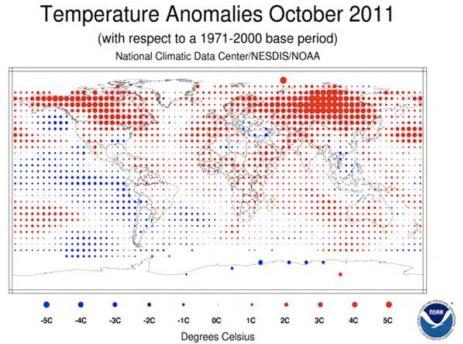 10th Warmest October On Record Worldwide
10th Warmest October On Record Worldwide. Here's a good overview of October from the
Summit County Citizens Voice: "
SUMMIT COUNTY — Planet Earth stayed warm in October, with combined average land and ocean-surface temperatures coming in at 1.04 degrees above the 20th century average, a reading that made it the 10th-warmest October on record, and the second-warmest for land surface temperatures alone, according to the global summary issued this week by the National Climatic Data Center. On the whole, October 2011 was much warmer than normal compared with previous Octobers. On average, land areas across the Northern Hemisphere — where the majority of the Earth’s land mass is located — were the warmest on record for the month, at 2.32 degrees above the 20th century average. Despite early snowfall in some parts of the Rockies and in the Northeast, northern Hemisphere snow cover extent during October was below average, ranking as the 15th smallest October snow cover extent in the 44-year period of record. The North America and Eurasian land areas both had below-average snow cover during the month."
 Global Temps "Virtually Certain" To Rise: UN.
Global Temps "Virtually Certain" To Rise: UN. Here's a summary from
Bloomberg: "
The UN Intergovernmental Panel on Climate Change whirrs into action this week with a significant assessment of extreme events and disasters. The final report is due on Nov. 18. A draft summary for policymakers obtained by Bloomberg shows the caution and rigor with which scientists approach attributing observed trends to man-made climate change. The panel says it's “virtually certain” that warm daily temperature extremes will increase in this century. It’s "likely" that human influences have led to a warming of extreme daily minimum and maximum temperatures across the globe, and that instances of heavy rainfall will increase. The report finds the average maximum wind speed of hurricanes is likely to increase, though storm frequency is likely to drop or remain the same. “Likely" or "virtually certain" imply precision in science that's generally absent from everyday speech. So when they say "virtually certain," they're using a definition of 99 to 100 percent probability. "Very likely" is 90 to 100 percent, and "likely" is 66 to 100 percent."
Global Warming: Two Centuries In Two Minutes. The U.K.'s
Guardian has the story: "
The most important indicator of global warming is seen in changes of the land and sea surface temperature record. This approach has been criticized in several ways, including the choice of stations and the methods for correcting systematic errors. But the Berkeley Earth Surface Temperature group is addressing the criticisms of former temperature analyses studies, and is preparing an open record that will allow rapid response to further criticism or suggestions. In this study, the group is using over 39,000 unique stations, which is more than five times the 7,280 stations found in the Global Historical Climatology Network Monthly data set (GHCN-M) that has served as the focus of many climate studies. The results, shown in this video (below the jump), is a representation of land surface temperature anomalies. This video was created from a data set made by combining 1.6 billion temperature reports from 15 preexisting data archives, from 1800 to the present."
Scientists From 22 Iowa Colleges Challenge Perry, GOP Field, To Acknowledge Human Role In Global Warming.
Chron.com has an update: "
A group of scientists in the nation’s first caucus state urged Republican presidential hopefuls today to acknowledge man-made global warming as real and to present policy solutions. In a statement signed by 31 scientists from 22 different colleges and universities in Iowa, they affirm global warming as real and caused by humans, as well as pointing to its harmful effects on the Hawkeye State’s agricultural sector. “As the global climate continues to evolve, our farmers and city planners will face new challenges to maintain the prosperity of our state and its role in national and global food security,” they write. “All major scientific societies and the US National Academy of Science have affirmed that the recent rise in greenhouse gases in the global atmosphere has contributed to changes in our climate.”
 Absence Of Arctic Ice Affecting Weather, Global Warming
Absence Of Arctic Ice Affecting Weather, Global Warming.
KSL-TV in Salt Lake City has the story: "
SALT LAKE CITY — Recent dramatic changes in the Arctic will have a significant effect on our weather in Utah. That's the conclusion of a top scientist studying Arctic sea ice. Arctic sea ice is disappearing in summer much faster than scientists expected. That's not just evidence of climate change; the ice itself is changing the climate, and it may be affecting weather as far away as Utah. Scientists predicted summer sea ice would shrink, but they underestimated the trend. Now in late summer, much of the Arctic Ocean is open water; summer ice covers about half what it did 30 years ago. Less publicized is that it could affect us all. The disappearing ice itself is accelerating global warming. "Ice and snow reflect up to 90 percent of the sunlight," Eicken said. "The ocean without any ice absorbs about 90 percent of the sunlight."
The CIA Has A Climate Change Program - And It Shouldn't Be A Secret. Time Magazine has the story: "
Intelligence work and climate science have a lot in common. They both involve grappling with uncertainty, trying to make sense of a signal amid the noise of ambient data and preparing to fight threats to country. So it makes sense that in 2009 the Central Intelligence Agency (CIA) opened the Center on Climate Change and National Security, a place where Langley analysts could look at the latest science on climate change and view it through the prism of national and international security. But as Charles Mead and Annie Snider reported in a piece for McClatchy earlier this year, having government spooks keep an eye on climate change has been politically controversial from the beginning: "Back in the 1990s, the CIA opened an environmental center, swapped satellite imagery with Russia and cleared U.S. scientists to access classified information. But when the Bush administration took power, the center was absorbed by another office and work related to the climate was broadly neglected."
Study Predicts Drastic Effects On (New York) State From Climate Change.
The Buffalo News has the story: "
ALBANY -- Warmer winters and longer lake-effect snow seasons. Summers hotter by 15 degrees. Lower levels of water in the Great Lakes. The demise of New York's famous MacIntosh and Empire apples. Poorer conditions for brook trout and salmon. Better conditions for bass fish. Climate change will radically transform New York state by 2080 in ways unimaginable today, affecting everything from the kinds of birds flying overhead to the crops farmers will be able to grow, according to report out today. More than 50 scientists worked three years to complete the study that is intended to send a wake-up call to residents, urban planners, water resource managers and businesses with a simple message: New York must begin now to adapt to a warming climate over the coming decades. "The state has the potential capacity to address many climate-related risks, thereby reducing negative impacts and taking advantage of possible opportunities," said ClimAID, a report by researchers in a variety of disciplines from Cornell University, Columbia University and the City University of New York."
New Hampshire Environmentalists Lament EPA Bashing, Lack Of Science Support Within GOP Field.
Boston.com has the details: "
As the Republican presidential candidates descend on New Hampshire, Rick Russman, a former GOP state senator who leads backpacking trips to the Rocky Mountains, feels “a little lost in the wilderness.” Russman is unenthusiastic about the 2012 candidates, several of whom have denied climate change and advocated the rollback of environmental regulations. “I’m really pretty disheartened by the lack of interest from Republican candidates on the environment, at best, and at worst the outright hostility that so many of them are showing toward the Environmental Protection Agency and the safeguards that we want for clean air and clean water,” he said. Russman, who chaired the state Senate’s committee on the environment and helped found a New Hampshire conservation group, said he believes a broad swath of the citizenry is concerned about the environment."
The Health Costs Of Climate Change.
KPCC Radio has the details: "
How much could climate change cost us in health care? According to a new study, more than $14 billion. The study is the first in the U.S. to look at estimated health costs from events that are projected to worsen and become more frequent with climate change – ozone pollution, heat waves, hurricanes, infectious disease outbreaks, river flooding and wildfires. The paper was published in Health Affairs and conducted by Natural Resources Defense Council scientists. Researchers looked at six case studies of climate-related events that occurred in the US over the past decade to find the average cost of hospital visits, premature deaths, injuries and other health-related costs. While the damage climate change could do has been estimated, it has not been specific enough to inform public health policy. The final $14 billion health-related cost estimate is a conservative one and much lower than the actual cost would likely be. If a disaster strikes in one area, that doesn't prevent another one from occurring across the country. The U.S. is likely to suffer more than one of these events each year, Kim Knowlton, corresponding author and a senior scientist in the Health and Environment Program at the NRDC, told Sharon Begley of onearth."

